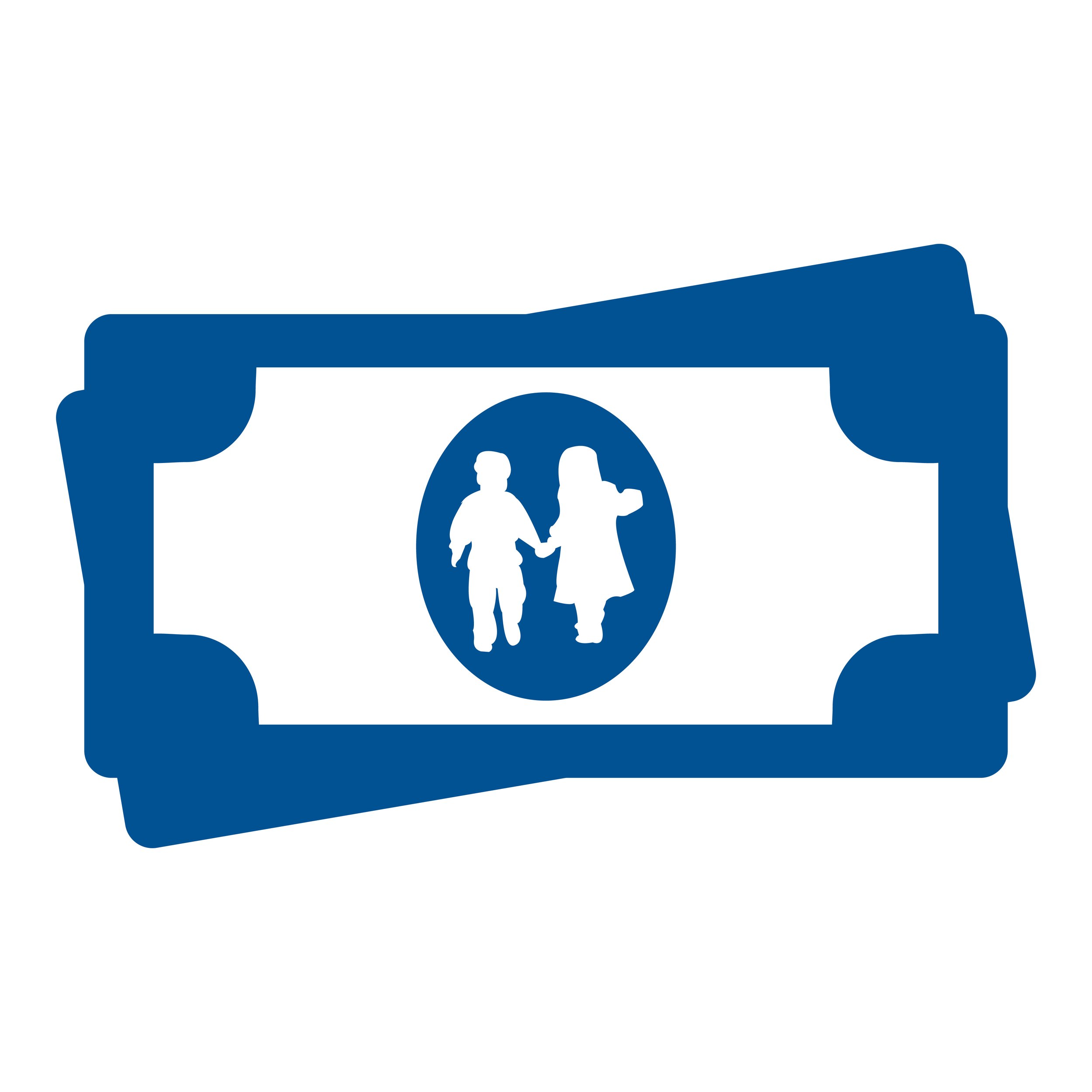
The Role of Government Transfers in the Child Poverty Gap by Race and Ethnicity: A Focus on Black, Latino, and White Children
This brief provides insights into the impact of government assistance on shaping racial and ethnic inequities in child poverty. It provides an update to a prior analysis of the Black-White child poverty gap and introduces new findings on the Latino-White child poverty gap.

Too Little, Too Late: An Assessment of Public Spending on Children by Age in 84 Countries
This joint report by researchers at UNICEF Innocenti, the Center on Poverty and Social Policy and the University of York Policy Engine, is a global analysis on how public money is spent on children with the aim to inform the development of child policy portfolios globally.

The Costs of Cutting Cash Assistance to Children and Families: Changing TANF work requirements could cost society up to $30 billion per year
This benefit-cost analysis examines the potential effects of the Limit, Save, Grow Act (H.R. 2811 in the 118th Congress) that would change state Temporary Assistance for Needy Families (TANF) work participation requirements in ways that could result in states restricting or eliminating TANF cash assistance for families with children. Every $1 in TANF cash assistance payments lost to families per year would cost society $8 per year, with the worst case scenario costing society close to $30 billion per year.

The Antipoverty Effects of the Expanded Child Tax Credit Across States: Where Were the Historic Reductions Felt?
In this report published by The Hamilton Project at The Brookings Institution, CPSP affiliate Bradley Hardy and CPSP researchers examine the state variation in poverty reduction effects of the 2021 expanded Child Tax Credit. The greatest level of poverty reduction was seen in states with relatively lower costs of living and higher pre-expansion poverty rates.

The Case for a Federal Birth Grant: A Plan to Reduce Poverty for Newborns and their Families
This research brief examines the potential anti-poverty impact of a federal birth grant, including in combination with a child allowance. It shows that a birth grant can significantly reduce poverty rates among infants and their families during the first year post birth.

Exposure to Childhood Poverty and Racial Differences in Economic Opportunity in Young Adulthood
This article uses the Panel Study of Income Dynamics to reveal that racial differences in childhood poverty are more consequential than differential attainment of education, employment, and family formation benchmarks in shaping racial differences in young adult poverty.

The Role of Government Transfers in the Black-White Child Poverty Gap
This policy brief examines the role of government transfers and tax credits in closing the Black-White child poverty gap. Government transfers and tax credits are effective in raising incomes for Black children in poverty, yet are entirely ineffective in closing the Black-White child poverty gap.

Sixth Child Tax Credit Payment Kept 3.7 Million Children Out of Poverty in December
The sixth Child Tax Credit payment kept 3.7 million children from poverty in December. In absence of a January payment though, the monthly child poverty rate could potentially increase from 12.1 percent to at least 17.1 percent in early 2022—the highest monthly child poverty rate since December 2020.

November Child Tax Credit payment kept 3.8 million children from poverty
According to our latest projections, the expanded Child Tax Credit kept 3.8 million children from poverty with its fifth monthly payment in November 2021.

October Child Tax Credit payment kept 3.6 million children from poverty
According to our latest projections, the expanded Child Tax Credit kept 3.6 million children from poverty with its fourth monthly payment in October 2021.

Expanded Child Tax Credit continues to keep millions of children from poverty in September
According to our latest projections, the expanded Child Tax Credit kept 3.4 million children from poverty with its third monthly payment in September 2021.

Expanded Child Tax Credit Leads to Further Decline in Child Poverty Rates in August 2021
According to our latest projections, the child poverty rate declined from 11.9 percent in July 2021 (the month featuring the first CTC payment) to 11.5 percent in August 2021. Without the CTC, the monthly child poverty rate in August 2021 would have been 16.2 percent.

Monthly Poverty Rates among Children after Expansion of the Child Tax Credit
This policy brief discusses the estimated impact of the expanded Child Tax Credit on the monthly poverty rate for July 2021 in the United States. Monthly poverty fell from 15.8 percent in June to 11.9 percent in July, representing a decline of 3 million children living in poverty. This drop in child poverty is primarily due to the first payment of the expanded Child Tax Credit.

Expanding the Child Tax Credit would Cut Child Poverty Nearly in Half
We find that in a simulation of the Bennet-Brown proposal to expand access to the Child Tax Credit to those at the bottom of the income distribution and boost the value of the credit for all eligible families would cut child poverty nearly in half.

Children of Austerity: Impact of the Great Recession on Child Poverty in Rich Countries
This book examines the impact of the financial crisis on households with children and the impact of government austerity policies on living standards with case studies of Belgium, Germany, Greece, Hungary, Ireland, Italy, Japan, Spain, Sweden, the United Kingdom, and the United States.
